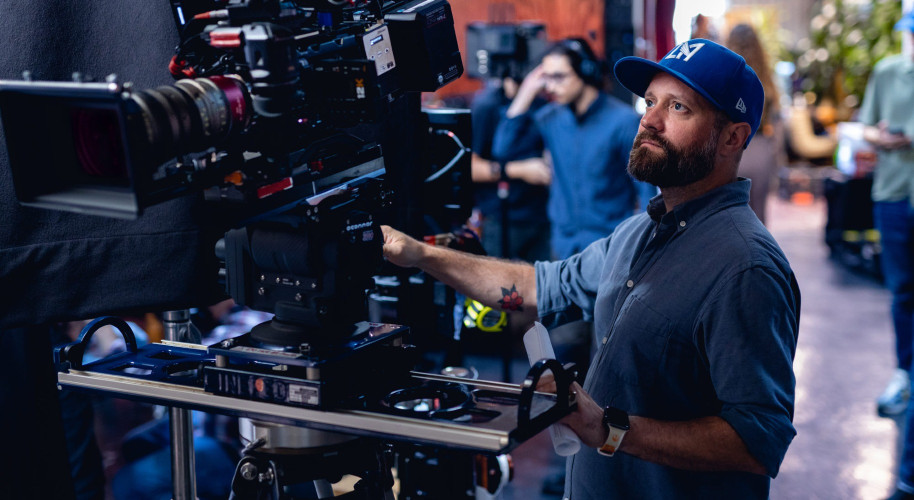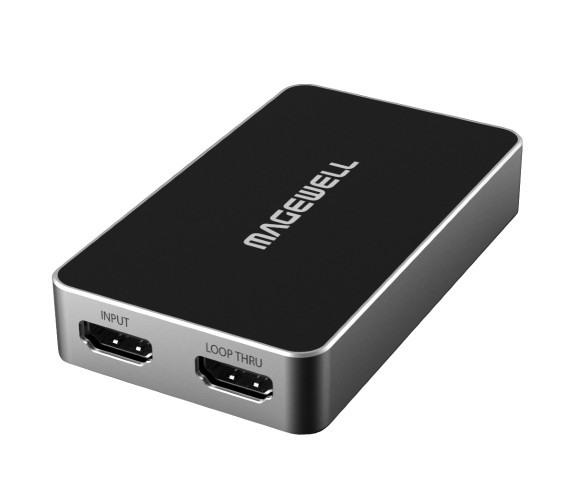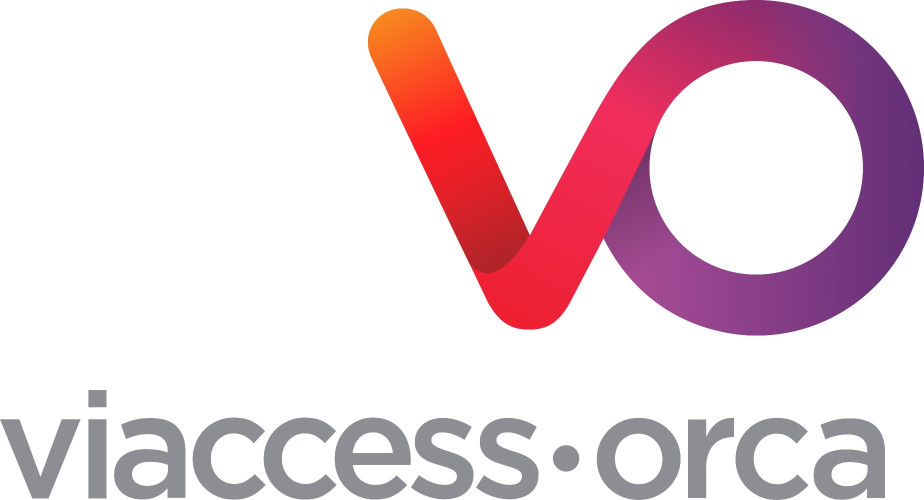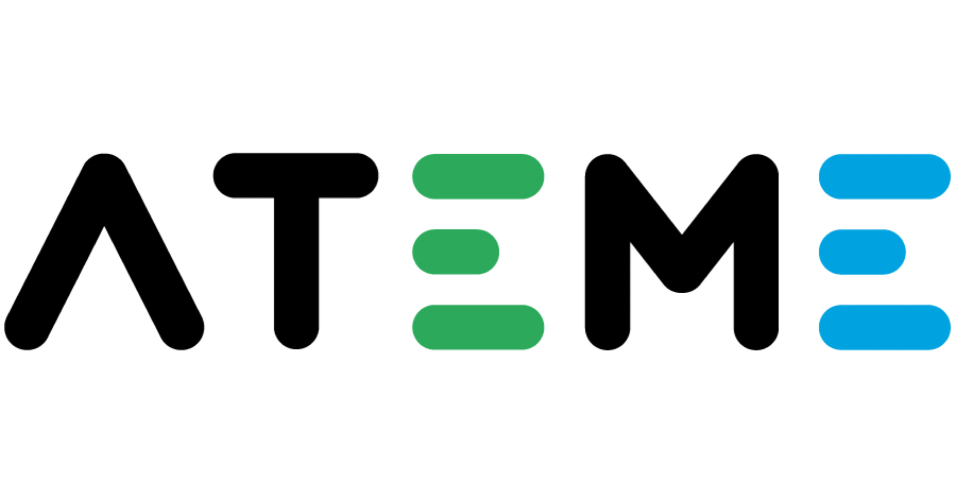USB 3 King of Connectivity

Author: Bob Pank#
Published 1st September 2010
They call it SuperSpeed, and for a very good reason. USB 3.0 boasts a data throughput of 4.8 Gb/s. We’ve long known this ubiquitous I/O technology as the Universal Serial Bus, and the improvements gained by USB 3.0 over USB 2.0, along with its backward compatibility, have already shown the USB king of connectivity is going to undoubtedly retain its throne for the foreseeable future.
USB 3.0 has already gained wide acceptance as evidenced by the SuperSpeed USB Developers Conference last April held in Taipei where the USB Implementers Forum (USB-IF) revealed that 75 products had earned SuperSpeed USB 3.0 certification. At that conference, the director of IDC’s Computing and Storage Semiconductors research predicted, “SuperSpeed USB 3.0 will ship in 45% of mobile PC’s in 2012.”
But SuperSpeed USB is a mighty oak that from modest acorns grew. Back in the misty days of 1994 computing, hooking up peripheral devices to a PC required a maze of connectors from competing manufacturers using wires of indiscernible heritage. Remember parallel ports, serial ports and external SCSI? But under Intel’s aegis, a group of seven companies including Compaq, DEC, IBM, Microsoft, NEC and Nortel formed a consortium to create a standard for a universal ancillary computer device interface.
Intel produced pioneering silicon for USB in 1995, and by January of the following year the specs for USB 1.0 were released with a whopping data transfer rate of 12 megabits per second. It wasn’t until September of 1998 that the first widely accepted version, USB 1.1 hit the market, adding a lower 1.5 Mb/s. transfer rate for low bandwidth operations such as joystick control.
By the end of 2001, the USB-IF had standardised our now-familiar USB 2.0. Sometimes called Hi-Speed USB, 2.0 offered a transfer rate of 480 Mb/s and for most users the only major gripe they had with it was figuring out which side of the connector was up. Since the male jack itself has an asymmetric design, it only fits the female receptacle one way. But since USB has the valued benefit of drawing its own power on the same data cable from the host interface, unless we could see the brail-like USB trident icon on the top side we quickly learned to flip and fumble with the jack until it sticks.
Now, thanks to an initiative headed by the USB Promoter Group (Hewlett-Packard, Intel Microsoft, NEC, ST-Ericsson and Texas Instruments) SuperSpeed USB delivers a 10X boost in transfer rate up to a theoretical 4800 Mb/s. That’s close to 5 Gb/sec.!
In 2007, the Intel Developer Forum unveiled the first demonstration of SuperSpeed USB 3.0 (called version 1.0 to help confuse the unwashed) and consumer products started hitting the shelves in January, 2010.
Why do we have a need for this speed? Right off the bat, consider that SuperSpeed USB lets you drive two displays at full 1080P resolution while reading data from external disk dives at the same time with no loss of performance. Think Full HD 3D, think Blu-ray 3D disc players, think the next generation of Internet movie downloads, and you get the point.
With storage prices plummeting, the need to transfer data is soaring and USB 3.0 can zip a 25 gigabit file to another device in 70 seconds. Compare that to 14 minutes for USB 2.0 and a yawning 9.3 hours for the first generation of this technology.
Also keep in mind that in the real world, USB 2.0 tops out at around 420 Mb/s. Actually, USB 3.0 won’t really give you the complete 4.8 Gb/s throughput, but it’s still 10X faster than 2.0 and carries 50% more power with the data than its predecessor.
USB 3.0 connectors look pretty similar to the familiar USB 2.0 plugs seen on most of today’s computers but they achieve that blazing speed by introducing four additional wires in the data cable to the two required by USB 2.0. But the jacks are backwards compatible, meaning that if you are fortunate enough to have a new system that is USB 3.0 ready, your old USB 2.0 equipment will still be able to talk to it. Of course, you will need equipment that is USB 3.0 compatible to take advantage of its speed benefits, but your old stuff with the lower data rate will still work just as you are accustomed to.
That’s reassuring since not everything needs SuperSpeed’s level of data throughput. If you are connecting a printer or keyboard, there will be no noticeable improvement since those devices happily muddle along with low throughput requirements.
But if you are trying to hook up large storage devices, video cameras, processing systems and hubs or external hard drives, USB 3.0 will be a standout improvement. And just wait ‘til it comes standard on HDTV’s.
In April, Blackmagic Design launched one of the first SuperSpeed USB 3.0 implementations in its Intensity Shuttle external HDMI and analog video capture system, and in July they started shipping their award-winning Pocket UltraScope, a really handy multi-function waveform and vectorscope monitor.
Western Digital has introduced their My Book 3.0, the first USB 3.0 certified hard drive and you can upgrade to USB 3.0 with Seagate’s FreeAgent GoFlex Ultra-portable Drive.
It’s a sure bet that other options such as Fire Wire (800 Mb/s) and SATA (Serial Advanced Technology Attachment) 6 Gb/s will still find their adherents But none of them have the same seamlessly universal backward compatibility as SuperSpeed USB 3.0.
All hail the King. The King of Connectivity.



































